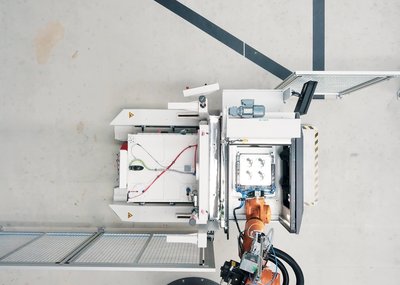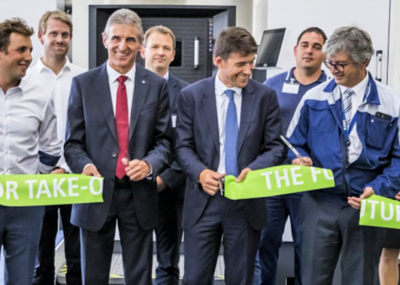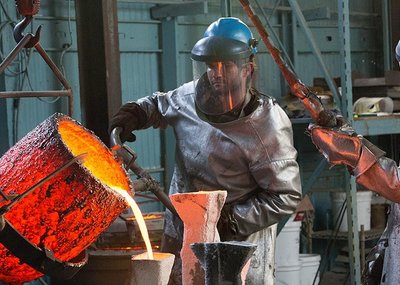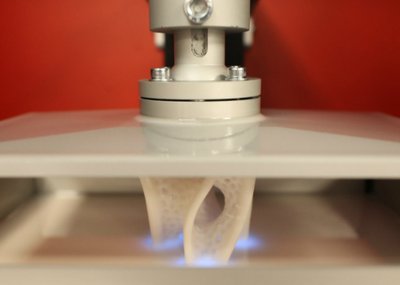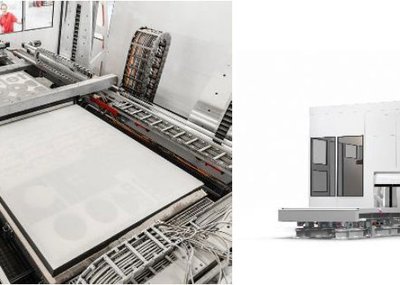Together with printer manufacturer HP and component manufacturer GKN Powder Metallurgy, Volkswagen is therefore pressing ahead with the development of the technology for mass production.
Dr Martin Goede, Head of Technology Planning and Development, Volkswagen, said: “Automotive production is facing major challenges: our customers are increasingly expecting more personalization options. At the same time, complexity is increasing with the number of new models. That’s why we are relying on state-of-the-art technologies to ensure a smooth and fast production. 3D printing plays a particularly important role in manufacturing of individual parts.”
A Volkswagen vehicle is manufactured from 6,000 to 8,000 different parts. Volkswagen already has 90 3D printers in its plants, which are used for the special production of individual parts or prototypes. With the additive 3D Metal Jet technology from HP, productivity improves fifty times compared to other 3D printing methods. It enable the production of a large number of parts using 3D printing for the first time, and significantly reduces the time required to manufacture parts.
In collaboration with HP and GKN, Volkswagen is further developing the technology so that individualized design parts such as tailgate lettering, special gear knobs or keys with personalized lettering for customers can be printed in a small series at first. The plan is to be able to offer this kind individualization proposition to customers as soon as possible.
As early as next year, GKN Powder Metallurgy intends to establish a process chain geared toward automotive production in collaboration with Volkswagen. Volkswagen said that the first structural components for mass-production vehicles can be printed within two to three years.
“A complete vehicle will probably not be manufactured by a 3D printer any time soon, but the number and size of parts from the 3D printer will increase significantly,” explained Dr Goede. The goal is to integrate printed structural parts into the next vehicle generation, Goede noted. “In the long term, we expect a continuous increase in unit numbers, part sizes and technical requirements – right up to soccer-size parts of over 100,000 units per year.”
HP said its new metal printing service won't be limited to car parts.
"The implications are huge — the auto, industrial, and medical sectors alone produce billions of metal parts each year," HP CEO Dion Weisler said in a statement.
Source: Thomas at www.3ders.org

